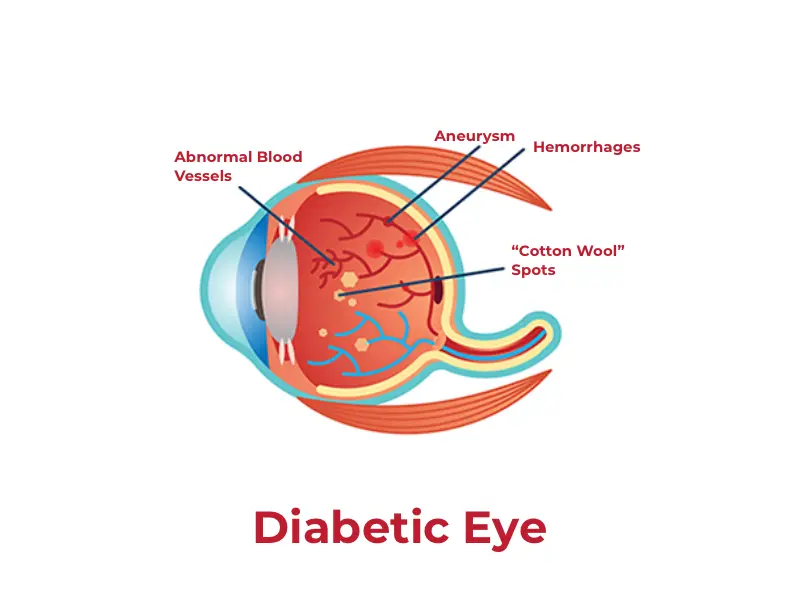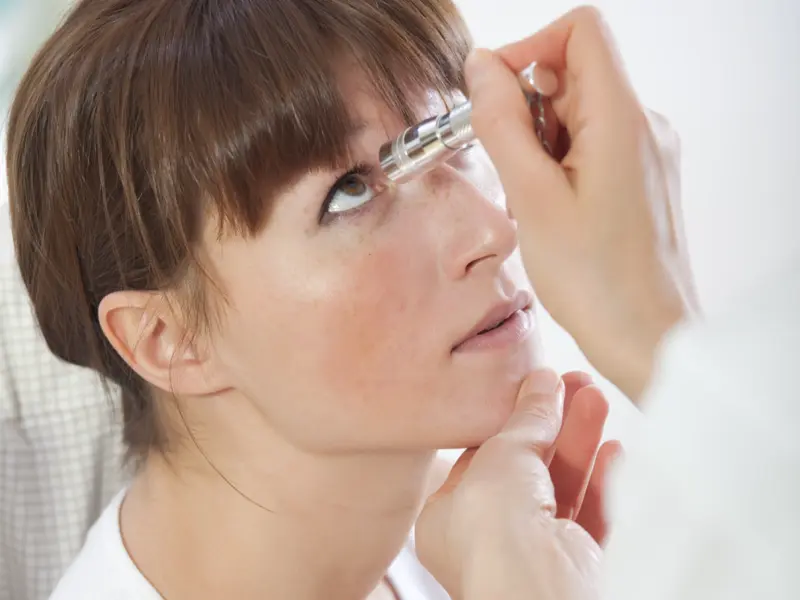Diabetic Retinopathy is a disease prevalent in people with any sort of diabetes, be it type 1 or type 2, and even gestational diabetes (commonly found in females during pregnancy).
Women diagnosed with gestational diabetes have a higher risk of getting diabetic retinopathy, as well as women with diabetes before the pregnancy.
A healthy pregnancy is crucial for the baby’s development, which makes it even more important for women to seek a comprehensive dilated eye exam as soon symptoms of reduced visual acuity start to appear.
The eye specialist or ophthalmologist may also recommend some other additional eye exams to get a more comprehensive report on vision health.
More than half of diabetic patients develop diabetic retinopathy as the risk of contracting this disease increases the longer a person has had diabetes.
Simultaneously controlling diabetes and blood sugar levels will lower the risk for diabetic patients to develop diabetic retinopathy.







